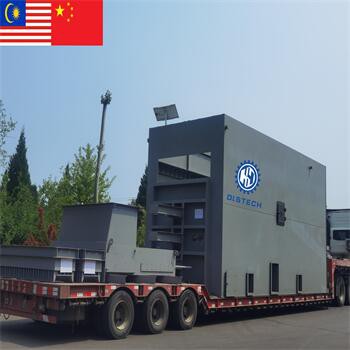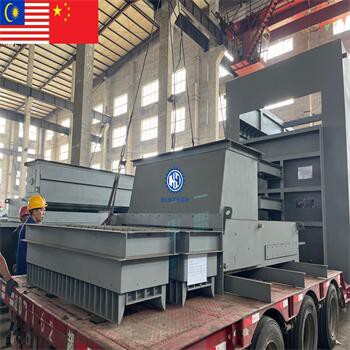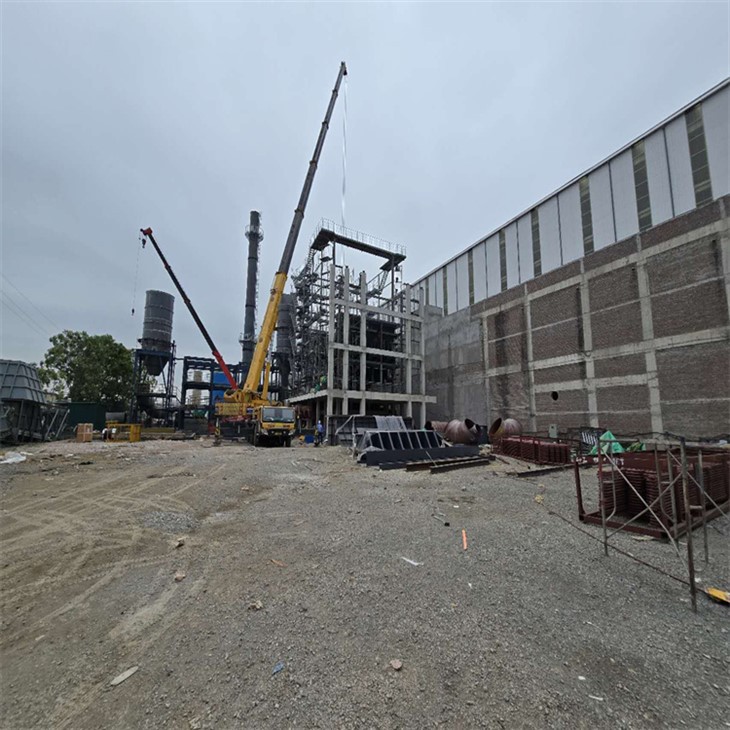Products Parameters
|
Scale (t/d) |
Number of furnaces |
Overall height of equipment (m) |
Floor space (m2) |
Emission standard |
|
50 |
1 |
17 |
60 |
《Pollution control standards for household waste incineration》 (GB18485-2014) |
|
100 |
1 |
17 |
75 |
|
|
150 |
2 |
17 |
90 |
|
|
200 |
2 |
17 |
105 |
|
|
250 |
3 |
17 |
120 |
The Components and Basic Operation Methods of Waste Incinerators
The Garbage Incineration System of garbage incinerator consists of a feeder, reciprocating step grate, ash hopper, ash conveyor and slag remover, suitable for domestic waste incinerator projects with a daily processing capacity of 100~600 tons.
The municipal solid waste is fed into the hopper through a garbage crane or conveyor, and is accumulated above the feeder, which is pushed into the furnace regularly. After the municipal solid garbage is put into the furnace, it passes through three stages of drying, burning, and burnout. The primary air with a certain pressure and temperature is sent into the air chamber below the grate, and passes through the solid garbage layer from bottom to top through the air holes on the surface of the grate and the gaps between the grates , providing heat for solid garbage drying and oxygen for complete combustion of solid garbage. The ash generated by the complete combustion of municipal solid garbage enters the wet slag remover through the slag hopper and then is discharged into the slag pit. A horizontal ash leakage conveyor is connected below the air chamber, and a small amount of ash leakage from the furnace grate is sent to the wet slag remover.
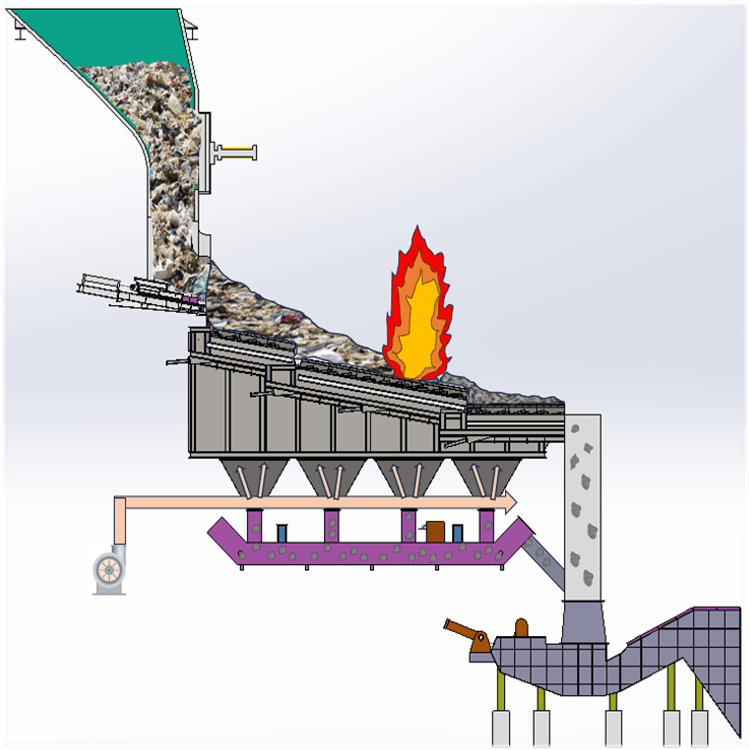
The Composition Of Our Product
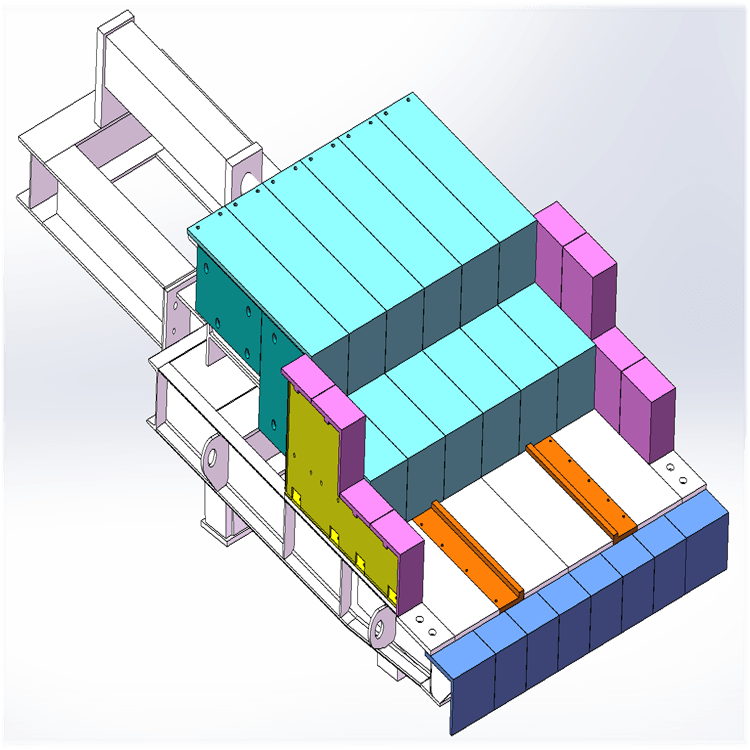
Fuel Feeding System
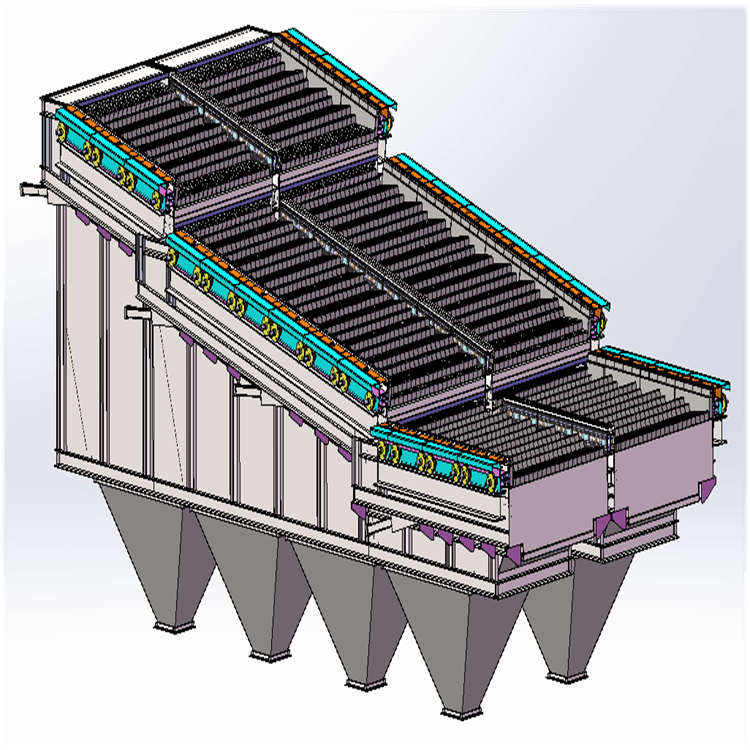
Reciprocating Step Grate

SLAG REMOVING SYSTEM
Our Qualifications

Our Case
